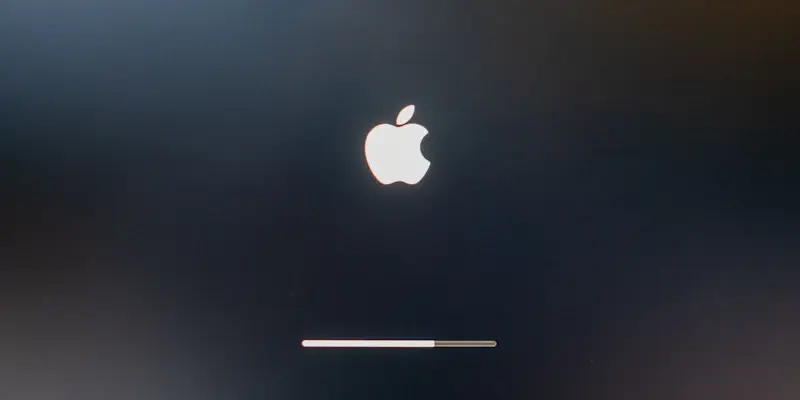Apple has recently unveiled macOS 15.3 Sequoia Beta 2, a release aimed primarily at developers to refine and enhance the overall macOS experience. This update is part of a broader update cycle that includes iOS 18.3, iPadOS 18.3, tvOS 18.3, watchOS 11.3, and visionOS 2.3, all designed to ensure a seamless and polished ecosystem for Apple users. The release, with build number 24D504F and a download size of 2.09 GB, follows Apple’s iterative approach to software development. This approach underscores the company’s commitment to maintaining compatibility and performance across its diverse range of devices. While the public beta often follows shortly after the developer beta, this particular release puts a strong emphasis on addressing compatibility and bug fixes.
Key Enhancements in macOS 15.3 Sequoia Beta 2
Upgraded Safari and Calculator App Improvements
One of the key highlights of macOS 15.3 Sequoia Beta 2 is the upgrade of the Safari browser to version 18.3. This new version aims to improve overall stability while addressing various minor bugs that users might have experienced in previous versions. For many users, Safari is a cornerstone of their daily web browsing activities, and these updates are essential for a smooth and efficient browsing experience. Additionally, the Calculator app has received incremental calculations enhancements, which streamlines quick computations and thereby makes routine tasks easier for professionals and students alike who rely on their Macs for quick calculations.
In an exciting development, the update brings native support for Genemoji, allowing users to create personalized emojis directly on their Mac. This new feature may be of particular interest to those who enjoy customizing their digital communication or require specific emojis that are not available in the standard emoji set. Despite these improvements, the update does not address some long-standing issues, such as the reliability of AirDrop in file transfers and the Mail app’s lack of advanced features and categories. These persistent issues have been a point of frustration for many users and emphasize the need for continuous improvement and user feedback.
Bug Fixes and Programming Framework Enhancements
Significant efforts have also been made to address bugs, particularly those associated with video editing applications. Both iMovie and Final Cut Pro have been updated to handle files more reliably, significantly reducing crashes and glitches that professional and amateur video editors have reported. This is an essential update for individuals who depend on these applications for their creative projects and professional work. Similarly, SwiftUI, Apple’s programming framework, has seen enhancements aimed at addressing previous performance inconsistencies. These improvements are crucial for developers who use SwiftUI to build smooth, efficient applications for macOS.
Further changes are anticipated, with the next beta iteration, Beta 3, expected around January 13, 2025. This gives Apple time to refine and polish additional features based on the feedback received from developers using Beta 2. Another future enhancement to look forward to is the enhanced EPO intelligence language support, which is slated for late 2025. This feature is expected to improve macOS’s ability to handle multilingual content, vastly enhancing its functionality for users across different language backgrounds.
Performance Evaluations and Future Expectations
Benchmarking Tools and Compatibility Issues
Performance evaluations are essential for understanding how new updates affect the overall functionality of the macOS. Benchmarking tools like Geekbench play a pivotal role in these evaluations. However, macOS 15.3 Sequoia Beta 2 has encountered compatibility issues with Geekbench 5, prompting a shift to Geekbench 6 for better compatibility and more accurate performance assessments. This transition showcases Apple’s continuous effort to adapt to new technologies and tools that better serve developers’ needs and ensure robust performance metrics.
As the macOS beta cycle progresses, further refinements and new features are expected, maintaining Apple’s tradition of delivering a more polished and user-friendly experience with each iteration. Developers and early adopters can anticipate incremental improvements and novel functionalities that align with Apple’s vision for a unified and cohesive ecosystem. This ongoing commitment to quality and performance assurance will likely solidify macOS’s position as a leading operating system in the competitive landscape of personal computing.
Incremental Innovations and Persistent Issues
Apple has recently introduced macOS 15.3 Sequoia Beta 2, targeting developers to refine and enhance the macOS experience. This release is part of a larger update cycle that also includes iOS 18.3, iPadOS 18.3, tvOS 18.3, watchOS 11.3, and visionOS 2.3. The goal is to create a seamless and polished ecosystem for Apple users. With the build number 24D504F and a download size of 2.09 GB, this update represents Apple’s iterative software development approach. This method highlights the company’s dedication to ensuring compatibility and top performance across its varied product lineup. Although the public beta usually follows soon after the developer beta, this release particularly focuses on optimizing compatibility and fixing bugs. Apple’s commitment to a seamless user experience across all its devices is evident in this comprehensive update cycle, aimed not just at developers but also at enhancing the overall user experience and addressing any compatibility issues, ultimately leading to a more refined and stable operating system.

